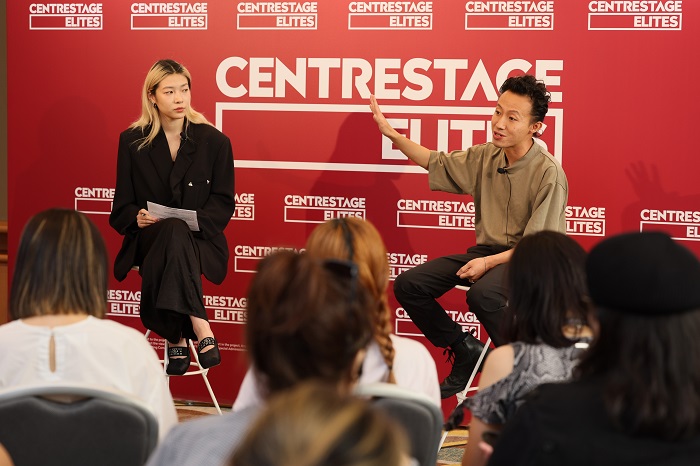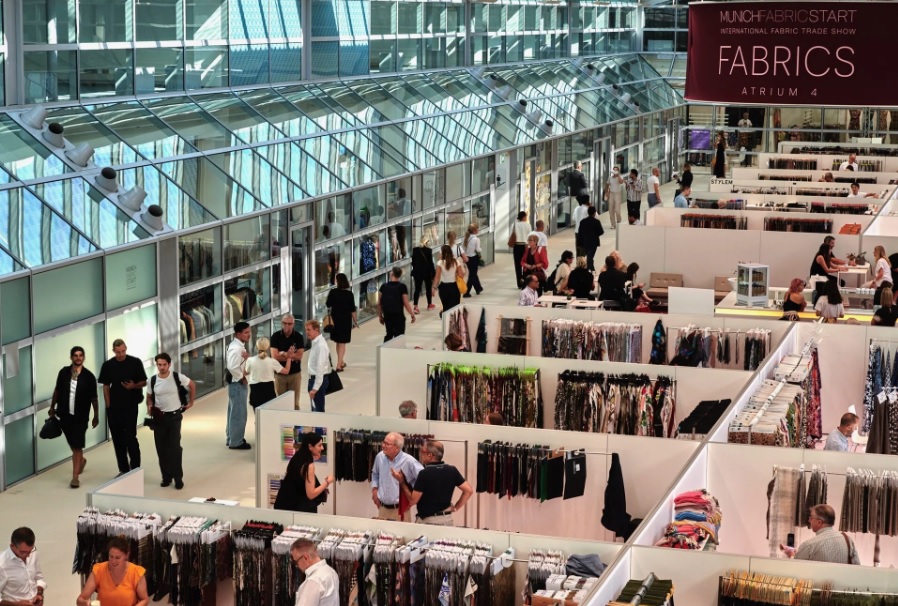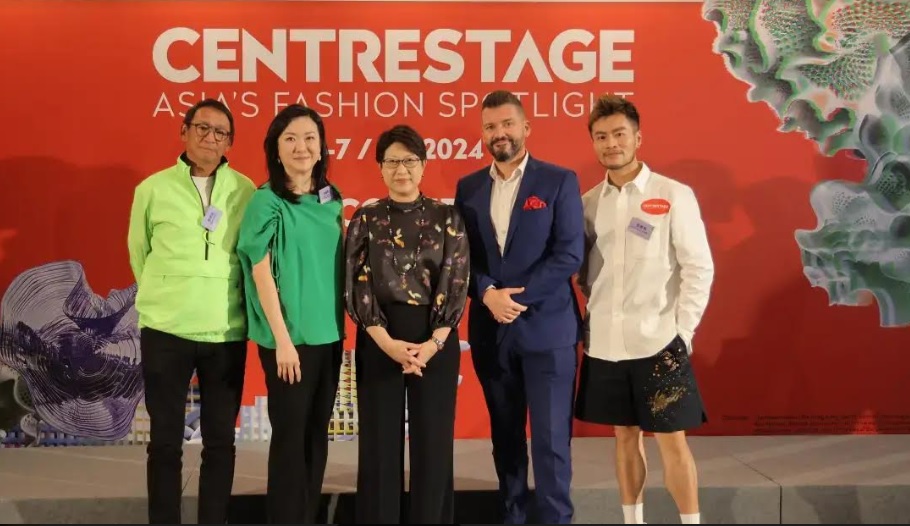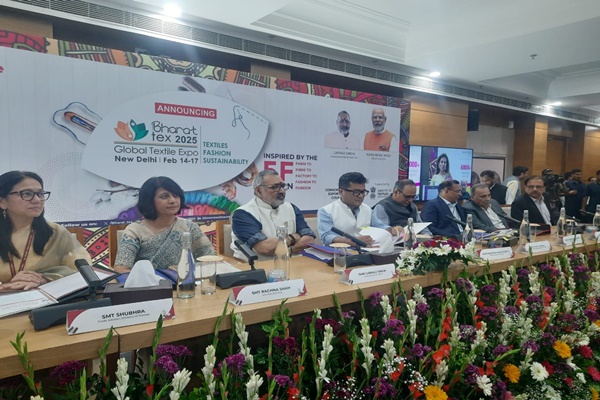
The global fashion and apparel industry is experiencing a notable shift as brands reconsider their heavy reliance on China. Due to geopolitical tensions, increasing labor costs, and disruptions from the pandemic, many are now turning their attention to India. With its large and growing middle class and evolving fashion appetite, India is emerging as a key market for international brands.
Comparative Landscape: China vs. India
A comparison of critical market metrics highlights the differences and opportunities in these two influential regions:
Table: China vs India a comparison
|
Market Feature |
China |
India |
|
Population (2023) |
1.426 billion |
1.429 billion |
|
GDP (Nominal, $ trillion, 2023) |
19.37 |
3.75 |
|
Apparel Market Size ($billion, 2023) |
323.5 |
80.5 |
|
Projected Apparel Market Growth (CAGR, 2023-2028) |
5.70% |
9.10% |
|
Internet Penetration (% of population, 2023) |
75.40% |
64% |
|
Smartphone Users (% of population, 2023) |
70.30% |
53.20% |
Source: Statista, World Bank, Euromonitor International
India’s growing edge
Demographic advantage
India’s youthful and expanding middle class offers a significant market for fashion brands. The country’s increasing number of young consumers and rising disposable incomes present substantial growth opportunities.
E-commerce and social media growth
The rapid expansion of e-commerce and social media in India provides new ways for brands to connect with consumers. With higher internet and smartphone penetration, digital platforms are becoming crucial for engaging with India’s tech-savvy population.
Cultural adaptation
Global brands are also focusing on adapting to India’s unique cultural tastes. Customizing offerings to align with local preferences can greatly enhance brand acceptance and customer loyalty.
Brands making the change
H&M
Swedish fast-fashion leader H&M is accelerating its growth in India by opening new stores and boosting its e-commerce capabilities. H&M sees India’s youthful population and market potential as key drivers for its investment strategy. "We are committed to offering Indian customers the latest fashion trends at affordable prices," says H&M India Country Manager JanneEinola.
Inditex (Zara)
Inditex, the parent company of Zara, views India as a pivotal market and is expanding both its physical and online retail presence. The company is focusing on meeting the rising demand for fashion with enhanced operational capabilities.
Uniqlo
Japanese retailer Uniqlo, which entered India in 2019, continues to grow its presence. The brand’s LifeWear concept, emphasizing high-quality, simple clothing, is tailored to appeal to the Indian market. "India is a very important market for us," says Uniqlo India CEO Tomohiko Sei. Adidas
German sportswear brand Adidas is increasing its manufacturing activities in India to reduce dependence on China. The company sees India as a dual opportunity for both sourcing and consumer markets.
Levi’s
Denim icon Levi’s is deepening its engagement with Indian consumers through tailored marketing and product offerings, recognizing India’s potential for premium denim.
Luxury brands
Luxury brands are also exploring opportunities in India. For instance, Louis Vuitton recently opened its first standalone store in Mumbai, reflecting the growing demand for high-end, exclusive products among Indian consumers.
Challenges and prospects
Despite its promise, India presents certain challenges:
• Fragmented retail sector: The dominance of small, independent stores can complicate market penetration for global brands.
• Infrastructure issues: Logistics and supply chain inefficiencies may result in delays and higher costs.
• Regulatory complexity: Navigating India’s regulatory landscape can be intricate and time-consuming.
While China remains a crucial market for global fashion brands, India is increasingly being seen as a viable alternative or complementary market. With its expanding consumer base, competitive manufacturing environment, and supportive government policies, India presents a compelling opportunity for international brands. The trend toward exploring and expanding in India is likely to continue, reflecting the country's growing significance in the global fashion landscape.












